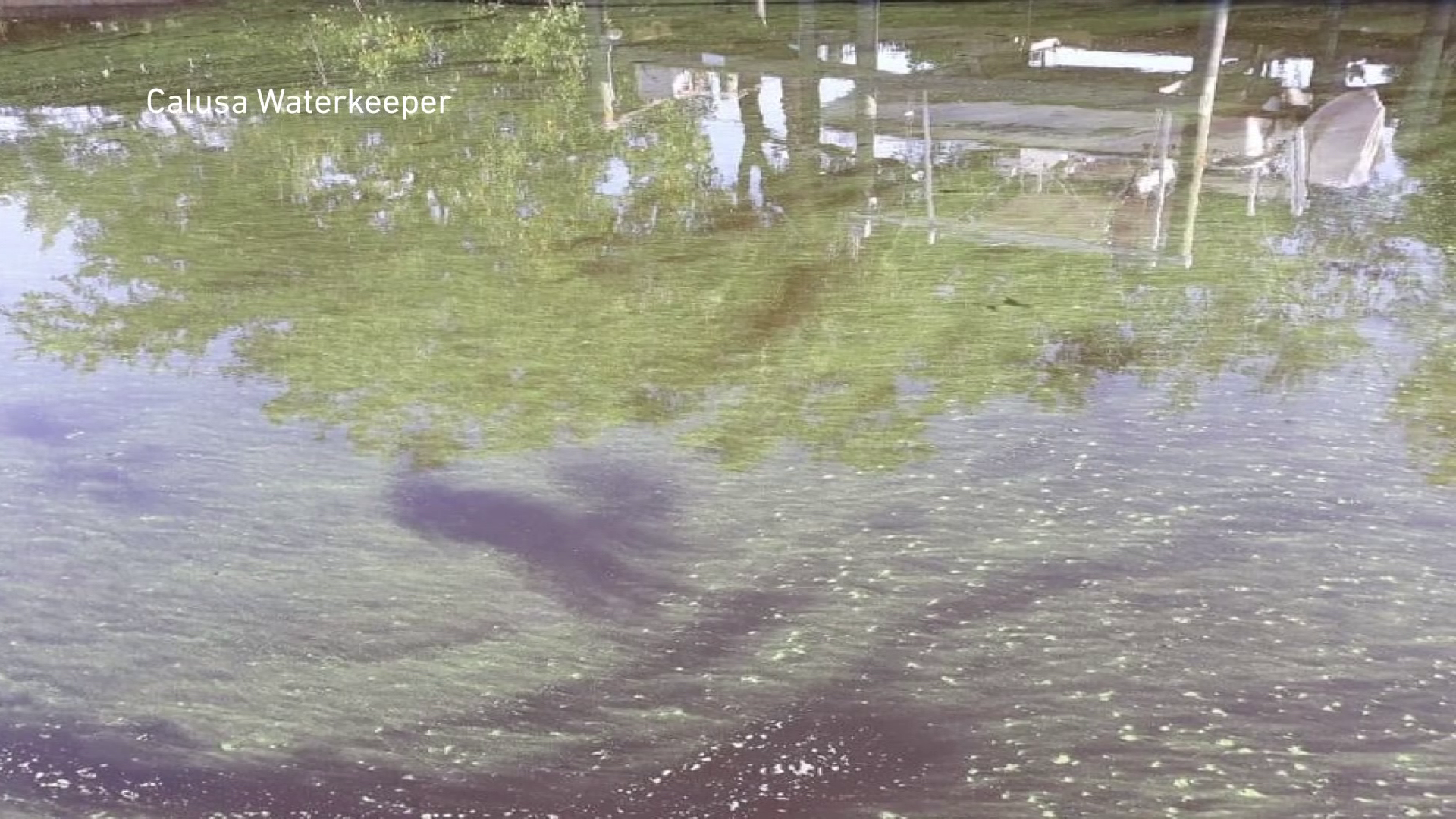
Health Warning Issued for Alva Canal due to Blue-Green Algal Blooms and Toxins: What You Need to Know
In the Alva canal, a health warning has been issued due to the presence of blue-green algae. This type of algae, also known as cyanobacteria, can produce toxins that are harmful to humans and animals. The bloom in the canal has caused health concerns and prompted officials to warn people to avoid contact with the water.
Blue-green algae blooms are often triggered by warm temperatures and excess nutrients in the water. When these conditions occur, the algae can multiply rapidly, creating visible green or blue-green scum on the surface of the water. Ingesting contaminated water or coming into direct contact with the algae can lead to various health issues, including skin rashes, stomach cramps, and respiratory problems.
To minimize exposure to blue-green algae toxins, authorities advise people to avoid swimming or engaging in any water-related activities in areas where there are blooms present. Additionally, it is crucial to prevent pets and livestock from drinking or swimming in waters that are contaminated with blue-green algae.
If you suspect that you have been exposed to blue-green algae and experience symptoms such as nausea, vomiting, diarrhea, or skin irritation, seek medical attention immediately. It is critical to take precautions against potential health risks associated with blue-green algae contamination in water bodies like the Alva canal.
In conclusion, it’s important for individuals living near water bodies like Alva canal to be aware of potential health risks posed by blue-green algal blooms. Authorities advise caution and recommend avoiding contact with contaminated waters until further notice.

